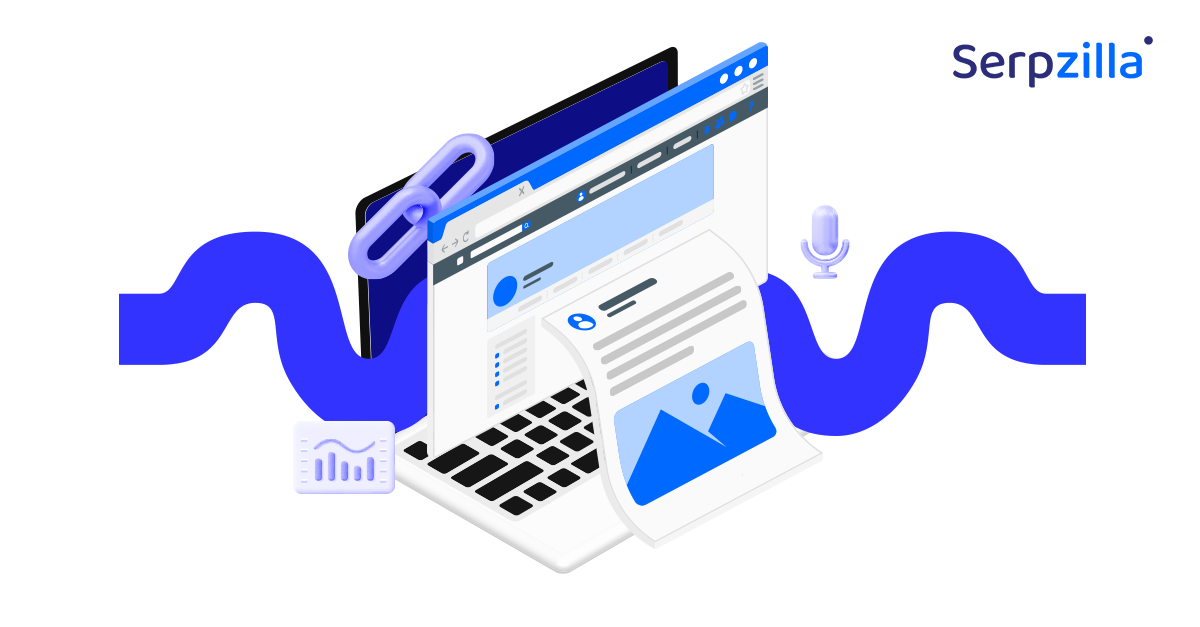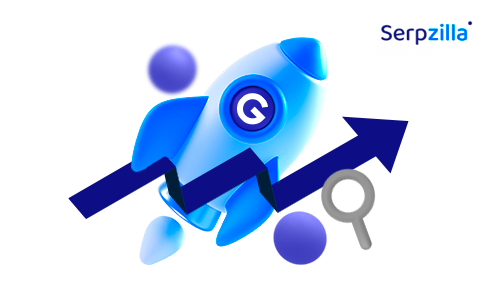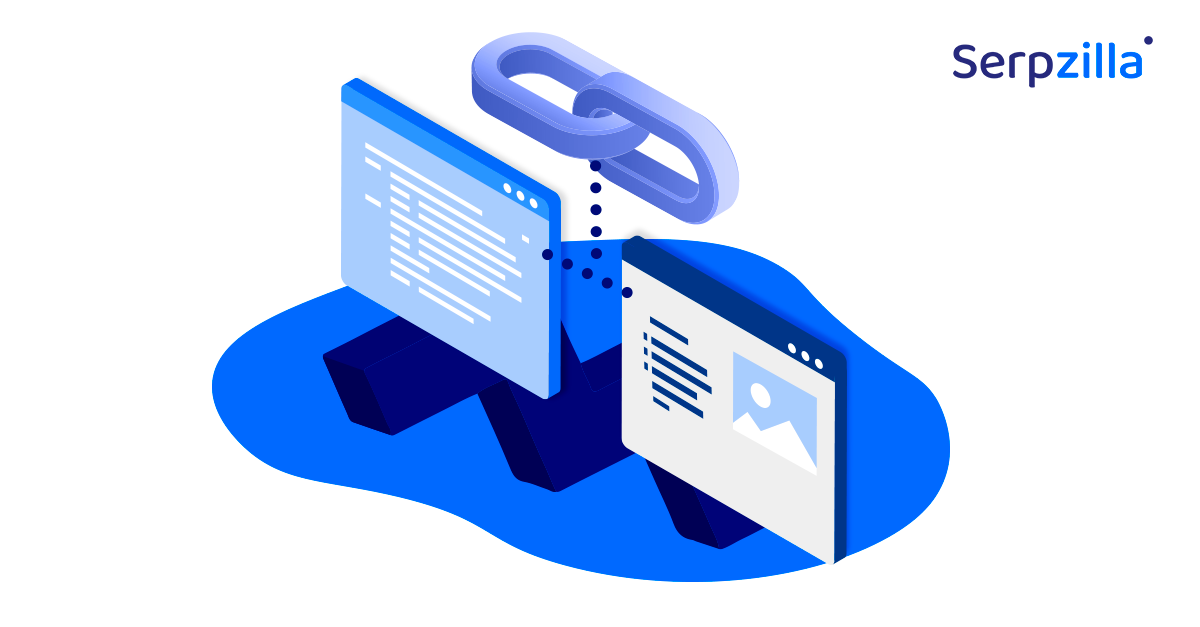Every SEO marketer has dealt with this situation: a competitor is doing much better even though they offer similar or even lower quality goods or services, but their page is continuously doing a lot better in SERP, they have more traffic, more mentions, more everything. Sometimes at first glance you just don’t get it.
The reason for this is usually a much better organized SEO campaign and a superior backlink profile. Getting to the gist of how their backlinks work will tell you a lot about what they’re doing right and what you’re doing wrong. In this article, we will talk about why analyzing and understanding your competitors link building tactics is key to understanding their SEO success.
Competitor Backlinks: Why It Is Important to Analyze Them
If you’re reading this, you probably already know what a backlink is. But just in case: it’s simply a link that leads to your website or any page within it from an external source. However there’s more to it than just that. For search engines like Google, backlinks are akin to nods of approval. Presumably, if a website links to you, they endorse you. If a famous, established source with a large following and high Google ranks links to you, the value to this endorsement is much greater. When multiple sites from all walks of Internet link to you, in the eyes of Google you become a valuable source of information for their users and they can place you higher in search results for relevant queries. Although backlink profile is far from the only significant factore, most SEO experts agree that its importance is still very high.
So, when you look into a competitor’s backlink profile, you can see who links to them, what type of content they have is best and most-often linked and, most importantly, you can understand what they’re doing to acquire these backlinks. Are they an active guest blogger? Are they doing a lot of influencer collabs? Are they simply excellent coffee-fueled content marketers? All of these and much more? You can see what tactics work best for them and what mistakes they make so that you can avoid them.
Top Tools to Research Competitors’ Backlinks
Today, there are plenty of tools on the market that can give you a very profound and comprehensive view of our competitors’ backlink profile. When you have a proper tool arsenal in your hands, it’s like having a Swiss Army knife if you’re stranded in the wilderness.
Here are some of the best tools you can use:
Ahrefs
Often a go-to tool for SEO marketers and for a number of good reasons. This market staple is a full suite of tools that includes keyword research, content analysis, and rank tracking. For backlink analysis Ahrefs offers Site Explorer that lets you peek into your competitors’ backlink profiles and get detailed insights about the sources of their links.

Semrush
Semrush is quite the SEO powerhouse. It features a broad spectrum of SEO and marketing tools, a neat backlink checker among them. Semrush allows you to analyze the backlinks’ geographical distribution, the authority of linking domains, and the types of backlinks, among other factors.
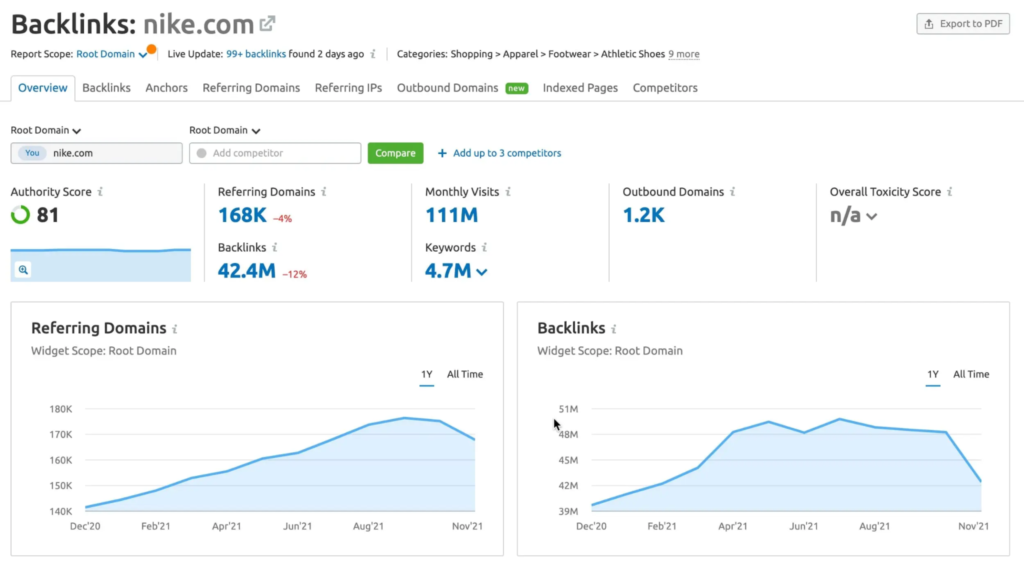
Majestic
Majestic is known for the two vital metrics it has introduced: Trust Flow and Citation Flow. Their analytics are focused around them. These metrics are very important for backlink analysis in particular and for understanding CEO in general. They help you scope the quality of backlink sources and immediately spot toxic and reliable ones.
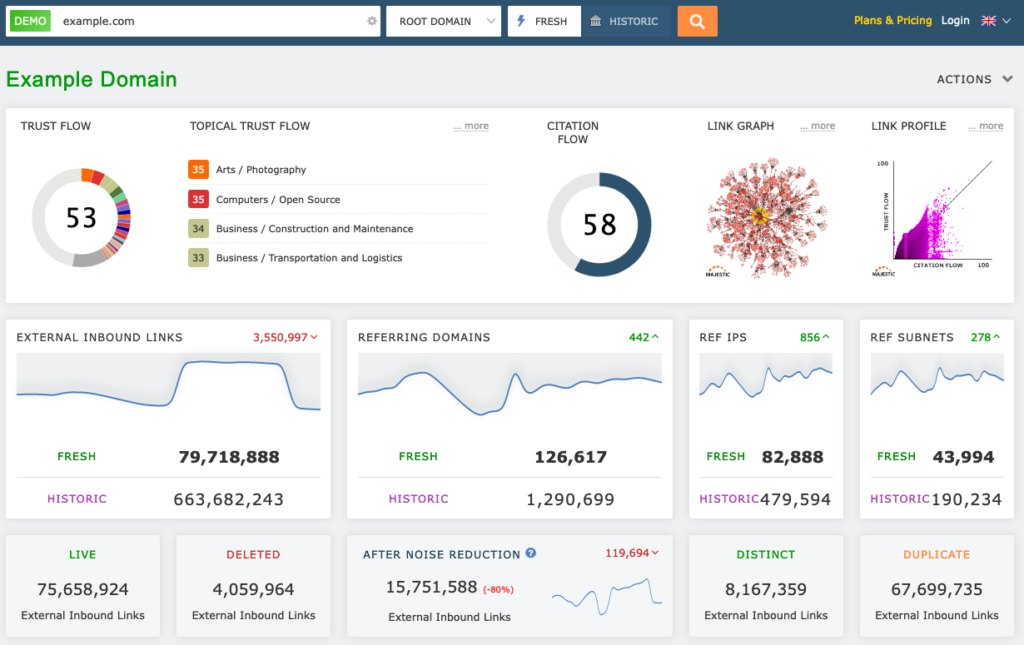
How to Get Competitors’ Backlinks: Best practices and how Serpzilla Can Help
Now, let’s actually talk about the elephant in the room. You analyzed your competitors’ backlink profile. You pinpointed the link sources that you want to feature your resource. How do you manage that?
The process of acquiring backlinks is long, multifaceted and sometimes unpredictable. Here are some best practices that can help you incorporate your competitors’ successful tactics into your own link building strategy.
1.Identify your Prospects
Make a list of the sites where you want to feature. Make it realistic. Outline possible ways of how you can get there. Will it be a collab? A guest post? An expert article in your common niche that you can submit? A link exchange? A review?
2. Work on your Outreach Campaign
Outreach takes a huge amount of work and effort, especially if you want to make it personalized and still deliver it at scale. It is a good decision to use specific tools for automating outreach. For instance, we at Serpzilla can offer you quite a few tools for automation, personalization, monitoring and working with follow-ups in your outreach strategy.
3. Quality first
Creating link-worthy content is probably what your entire link-building efforts hinge on. Practice content improvement and brainstorm with your team to generate new ideas for catchy, engaging content. You can also look into your competitors: what kind of content that they offer gets the biggest quantity of quotes, mentions and natural backlinks? What can you do to reproduce this type of content, but with your niche, angle and specifics?
4. User Serpzilla to Quickly Identify Linkable Content
Serpzilla uses advanced algorithms to highlight backlinks that have the most substantial impact on a competitor’s SEO. This analysis is based on their statistics. This feature can save you a lot of time and effort spent on analyzing your competitors’ content.
5. Monitor Backlink Status and Health
Serpzilla enables you to keep track of your backlink requests, existing backlink performance. You can set up automated updates on any changes in your backlink status and keep close tabs on how your backlink profile is doing.
6. Real-time Tracking
One of Serpzilla’s unique features is its real-time tracking and analysis. Our users can see immediate changes in their and their competitors’ backlink profiles and quickly act on this information.
How to Avoid Typical Mistakes
When you’re trying to apply your competitors’ successful tactics, it’s easy to slip into murky waters and do something that will harm your overall SEO. Here are a few things to steer clear of.
- Overestimating Purchased Backlinks
Sure, today you can go online and buy thousands of backlinks with a few clicks. Relying on this tactic too much is black-hat link building at its worst. Be very careful with what and where you buy and focus your main efforts on acquiring natural links.
- Underestimating Relevance
A good link means that it is well-placed, has appropriate context and there’s very clear and evident logic behind why someone is linking to you. Best-case scenario, Google won’t count irrelevant backlinks. In the worst case, they can get penalized if Google sees them as manipulated.
- Neglecting your Website’s Health and User Experience It Offers
No amount of excellent quality backlinks will save you if your pages take ages to load, your navigation is more like a dark labyrinth, and your site is impossible to view on a smartphone. This became particularly important with Google’s recent Core update, which prioritizes UX more when calculating SERP rankings.
Boost your SEO results! Link building has become fast and easy with Serpzilla. Buy quality backlinks on authority websites with high DR.

Key Takeaways:
Analyzing your competitors’ backlink profiles shouldn’t be done in order to mimic them. Your goal is rather to understand their dynamics, educate yourself about various link building strategies other SEO marketers are using, and adapt this knowledge for your unique brand and goals.
Link building is a fair mix of art and science. Serpzilla can help you simplify this process, offering streamlined solutions to monitor, analyze, and act on backlink opportunities swiftly. However, take care to prioritize ethical practices and genuine viewer engagement over quick fixes. Something that will ultimately improve your SEO performance is the integrity of your strategy and the quality of your content.




